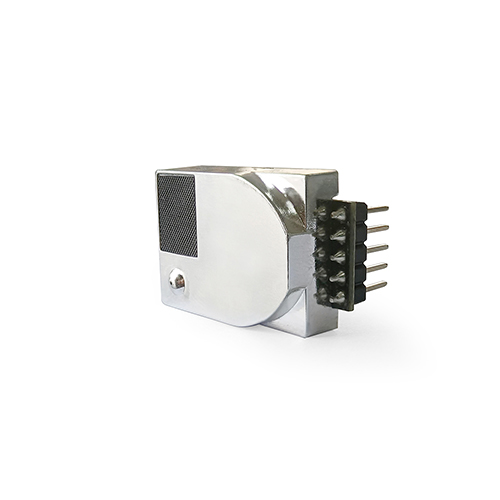Why monitor co2 levels?
Importance of Carbon Dioxide Monitoring
Carbon dioxide is one of the major greenhouse gases in the atmosphere, and an increase in its concentration can lead to global warming and various environmental problems. Therefore, the monitoring and control of carbon dioxide is of great significance to the protection of the environment and human health.
- Carbon dioxide monitoring can help us understand the concentration level of carbon dioxide in the atmosphere and then deduce the impact of human activities on the environment. This is important for the formulation of targeted environmental protection policies and measures. For example, through the detection of carbon dioxide emissions from urban transport, a more scientific urban transport planning programme can be formulated to reduce the impact of transport emissions on the environment.
- Carbon dioxide monitoring also plays an important role in industrial production. Many industrial processes will produce a large amount of carbon dioxide, its detection and control can effectively reduce the pollution of the environment. For example, in thermal power plants, by installing an Industrial co2 monitoring system, emissions can be monitored in real time to ensure that standards are met.
Application Scenarios
1.Environmental field
In the field of environmental protection, the main task of carbon dioxide monitoring is to monitor and control the concentration of carbon dioxide in the atmosphere. By setting up carbon dioxide monitoring stations in key areas such as cities, industrial zones and nature reserves, real-time monitoring and early warning of carbon dioxide concentration can be achieved. At the same time, through the analysis of the monitoring data, the effect of the implementation of various environmental protection policies can be assessed, providing a scientific basis for further optimisation of environmental protection measures.
2.Industrial field
In the industrial field, carbon dioxide monitoring is mainly used to monitor and control the emissions of various industrial processes. For example, in petrochemical, coal chemical and other industries, a large amount of carbon dioxide is produced in the production process. By detecting and controlling this carbon dioxide, the pollution of the environment can be effectively reduced. In addition, carbon dioxide detection can also be used to monitor the energy consumption in the industrial production process, helping enterprises to achieve the goal of energy saving and emission reduction.
3.Living field
In the field of life, carbon dioxide detection also has an important role. With the improvement of people’s living standards and the acceleration of urbanisation, urban air quality has gradually become the focus of people’s attention. Carbon dioxide concentration in indoor air can help us understand the quality of indoor air and improve it accordingly. In addition, the installation of CO2 detection equipment in homes and offices can also help us to identify and solve potential health problems in a timely manner. For example, prolonged exposure to high levels of carbon dioxide can lead to symptoms such as headache, nausea and shortness of breath, and in severe cases, may even lead to asphyxiation. Therefore, by regularly testing the carbon dioxide concentration in indoor air and taking corresponding measures (e.g. opening windows for ventilation, using air purifiers, etc.), people’s health can be effectively safeguarded.






